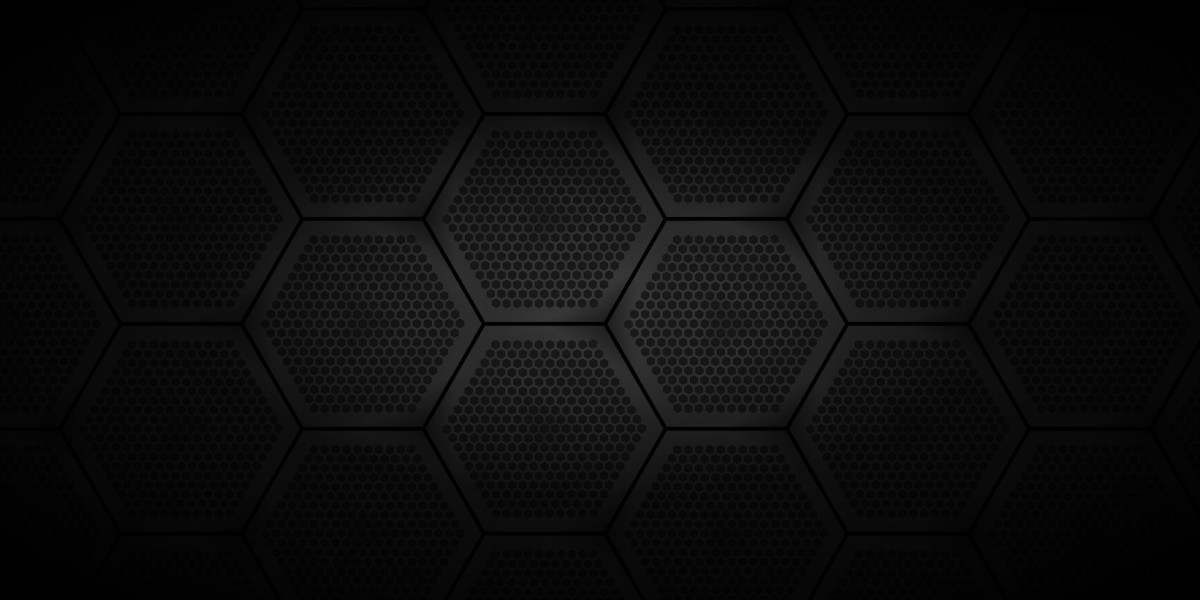In the digital age, a strong online presence begins with an effective website. Whether you are running a small business, launching a personal blog, or managing an e-commerce store, website design and development play a crucial role in establishing credibility, improving user experience, and driving conversions. This article will break down the essentials of both design and development so you can understand how to create a successful website from scratch.
What is Website Design?
Website design refers to the visual appearance and user interface of a site. It includes:
Layout and structure (e.g., header, menu, content sections, footer)
Color schemes and typography
Graphics, icons, and images
Responsive design for mobile and tablet screens
The goal of web design is to create an intuitive, visually appealing interface that enhances the user experience (UX). Great design makes a site easy to navigate, helps communicate the brand’s message, and keeps visitors engaged longer.
What is Website Development?
Website development is the coding and technical side of a website. It involves turning design into a functional site using programming languages such as:
HTML (structure)
CSS (styling)
JavaScript (interactivity)
PHP, Python, or Node.js (back-end functionality)
There are two main types of development:
Front-end development: Focuses on what users see.
Back-end development: Handles databases, server requests, and other behind-the-scenes operations.
Together, they form a fully functioning website that not only looks great but performs efficiently.
Why Website Design and Development Matter
First Impressions Count
Visitors decide within seconds if they trust your site. A clean and modern design builds confidence.Improved User Experience
A well-structured website with fast loading times and mobile responsiveness ensures users stay longer and interact more.SEO Benefits
Google favors well-coded, fast, mobile-optimized websites. Good structure helps with indexing and higher rankings.Conversion Optimization
A strong call-to-action (CTA), easy navigation, and optimized content convert visitors into leads or customers.Scalability and Maintenance
A well-developed website can grow with your business and adapt to future needs with minimal effort.Tools & Platforms for Web Design and Development
WordPress – Easy-to-use CMS for blogs and business sites.
Shopify – Ideal for e-commerce websites.
Wix / Squarespace – Drag-and-drop builders for beginners.
VS Code + GitHub – For custom-coded sites using HTML, CSS, JS, and frameworks.
Tips for an Effective Website
Use a consistent color palette and branding.
Prioritize mobile-first design.
Keep your navigation simple and clear.
Optimize images and content for speed.
Regularly update content and plugins for security.
Conclusion
A successful website design and development strategy combines aesthetics with functionality. Whether you’re DIY-ing or hiring professionals, knowing the basics ensures your site delivers the experience your audience expects. In today's competitive market, your website isn't just a digital card—it’s your most powerful marketing tool.








